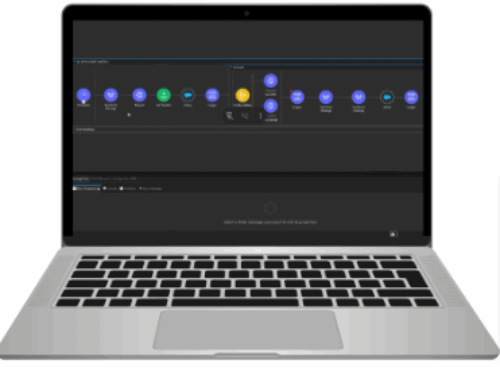When you hear “Lunch and Learn,” what comes to mind? For many in the building products world, it’s the image of sandwiches and slides—an obligatory exercise to meet quotas. But as Shawn Donovan of Donovan Digital reminded us in our latest session of The Great Game of Specifications webinar series, these programs can be so much more. Done right, they’re not just another sales activity. They’re a strategic investment in winning specifications and building long-term relationships with architects and specifiers.
The Pitfalls of Going Through the Motions
Shawn’s story of his very first Lunch and Learn—armed with a Kodak carousel in the 1980s—was a reminder of how far the industry has come. Yet the core challenge remains: many manufacturers approach Lunch and Learns as box-checking exercises. Reps are given quotas: two a week, four a month, ten a quarter. The focus is on activity, not outcomes.
That leads to three common mistakes:
- Casting the net too wide. Hosting presentations for any firm that asks, without considering fit or potential ROI.
- Data dumping. Presentations that overwhelm with features, codes, and performance specs, but fail to tell stories or solve real problems.
- Weak follow-up. A thank-you email at best—then silence, with no pipeline strategy to track progress toward actual specifications.
Without strategy, Lunch and Learns quickly become a drain on time and budget. Shawn estimates the average event costs $800–$1,500. That’s too much to waste without a plan.
Reframing the Why
The real purpose of a Lunch and Learn isn’t the free food—or even the education alone. The goal is clear: to get your products specified and used on projects. When reframed as business development investments, these sessions become powerful tools for establishing authority, building trust, and creating meaningful engagement.
Shawn outlined a simple, repeatable four-phase process to maximize ROI:
- Prospecting. Don’t wait for firms to come to you. Identify the firms whose work aligns with your product and invest in targeting them. AI tools and databases like Dodge and Construct Connect make this research easier than ever.
- Due diligence. Go deeper. Learn what projects a firm is working on, who the decision-makers are, and what challenges they face. LinkedIn, firm websites, and project databases are invaluable here.
- Presentations with intent. Shift from data dumping to storytelling. Frame your product in terms of the problems it solves, tie in examples of relevant projects, and build interaction into the session with questions and samples.
- Follow-up and tracking. This is where the magic happens. Use your CRM to tag engaged attendees, build both “people pipelines” (advocates and influencers) and “project pipelines,” and nurture relationships with ongoing, value-driven touchpoints.
Measuring What Matters
So how do you answer the inevitable ROI question? By showing movement in your pipeline. It’s not about the number of sessions delivered—it’s about the relationships advanced, specifications gained, and projects influenced.
And when you play the long game, the payoff compounds. A single successful Lunch and Learn might not just win one project—it can lead to getting written into a firm’s master spec, building an advocate for your product category, and positioning your team as trusted advisors architects return to again and again.
From Sandwiches to Strategy
The takeaway is simple: if you’re still treating Lunch and Learns as just another sales requirement, you’re missing the point. But when approached as a structured, strategic initiative, they become one of the smartest investments a manufacturer can make in the great game of specifications.
At Hunley, we’re committed to helping building product manufacturers bring strategy and technology together to capture those opportunities—whether through CRM automation, AI-driven tools like SpecSuccess AI, or partnerships with experts like Donovan Digital.
Because in the end, it’s not about the lunch. It’s about turning education into specification—and specifications into wins.
Ready to take the next step? Get in touch with us here to talk strategy—or watch the full recording of this webinar to dive deeper into the conversation.



